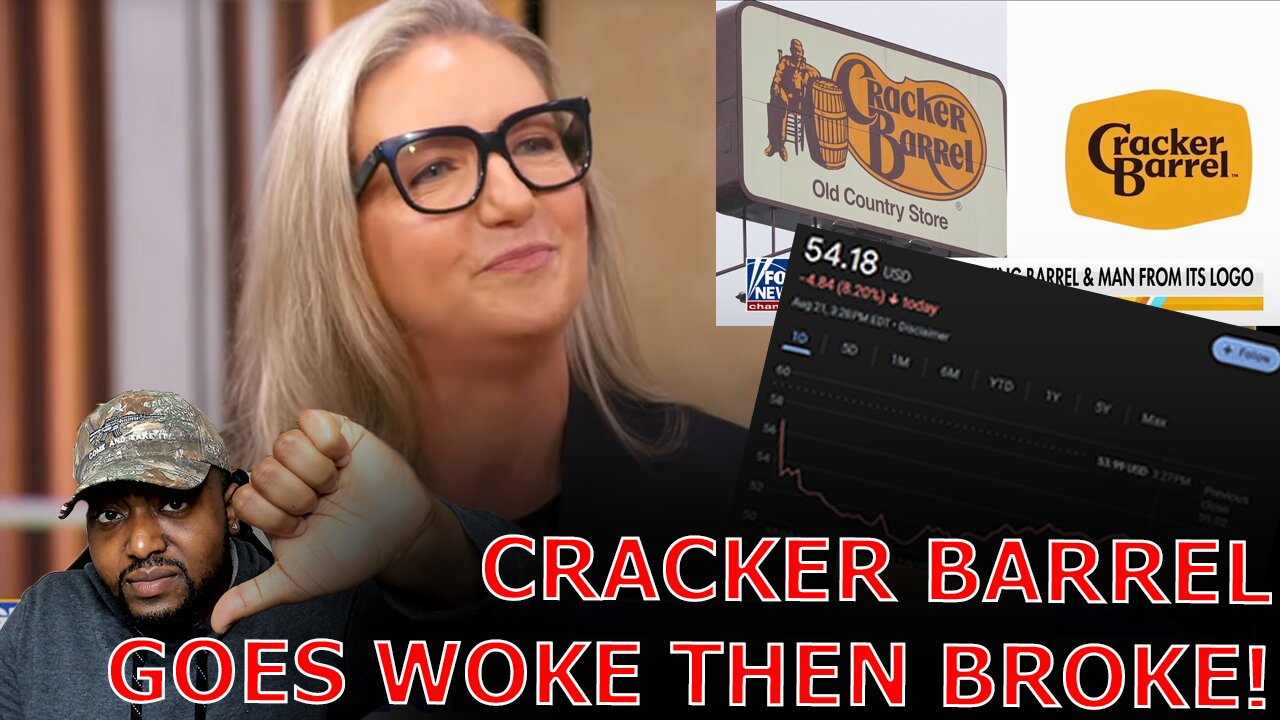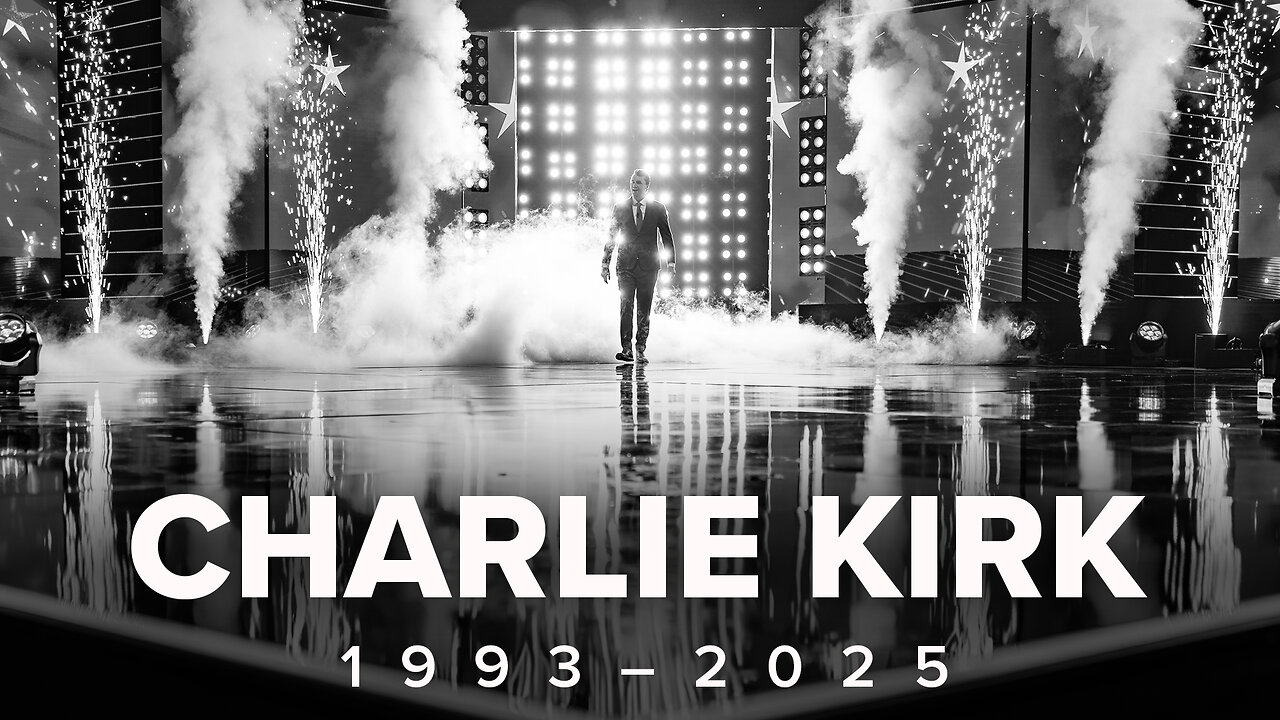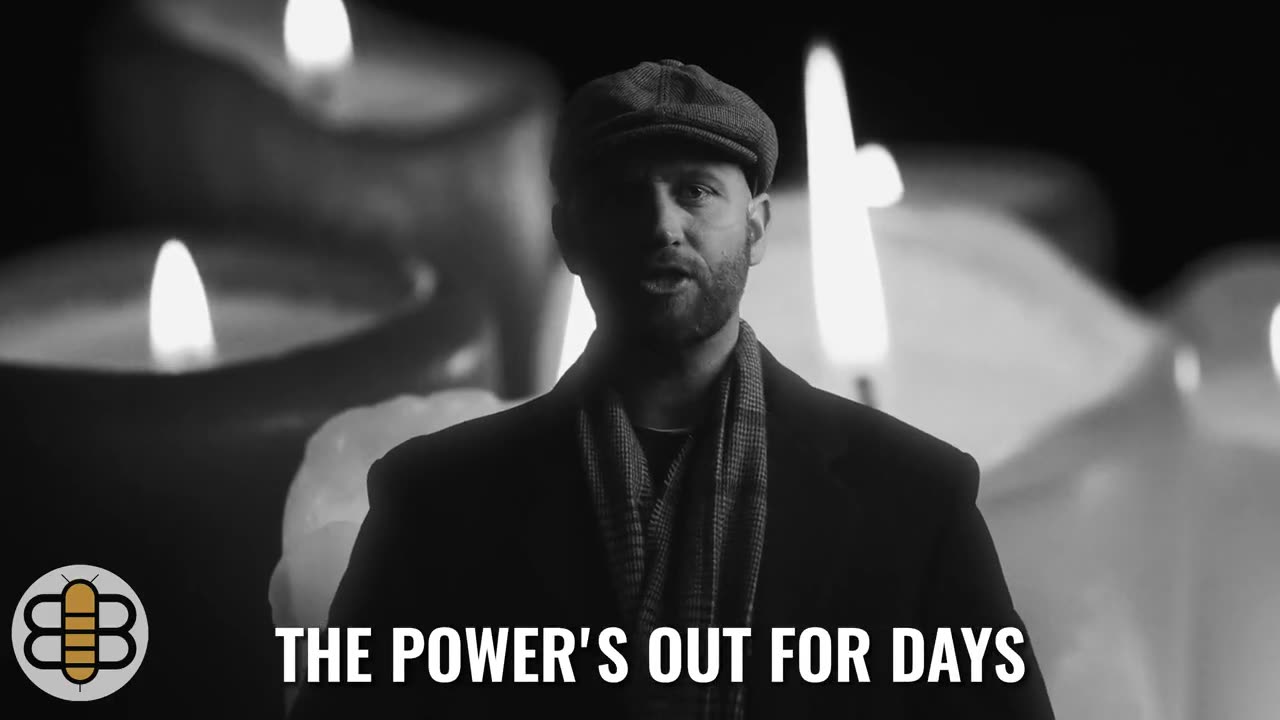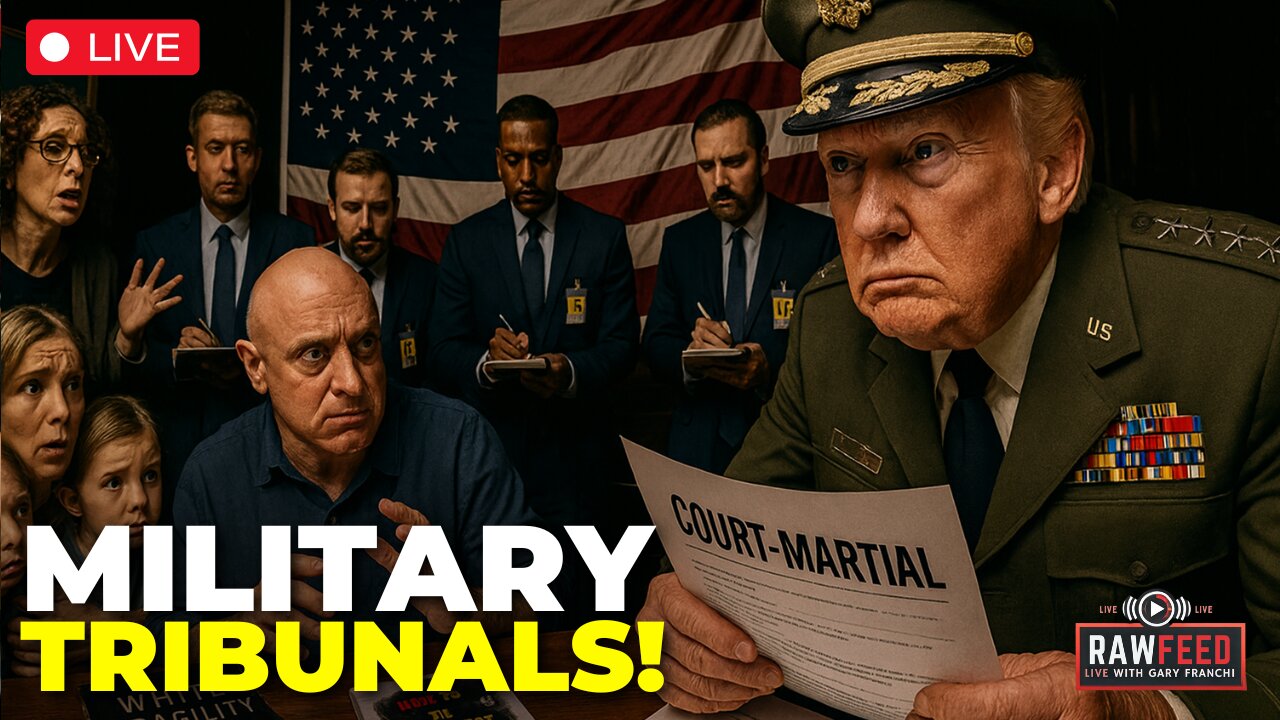Supreme Court Insists It Will Resolve AR-15 Question ‘Soon’

Last week, the Supreme Court declined to review a Fourth Circuit opinion upholding the constitutionality of Maryland’s ban on the possession of certain semiautomatic rifles the state arbitrarily deems “assault weapons.”
Faced with a prime opportunity to reinforce its Second Amendment jurisprudence against repeated and flagrant efforts to undermine it, the nation’s highest court defaulted to an all-too-familiar bad habit of punting the ball on first-and-goal.
The case, Snope v. Brown, challenged the constitutionality of a Maryland law that criminalizes the possession of many of the nation’s most popularly owned semi-automatic rifles, solely because the rifles are equipped with “military-style” features or are otherwise on an arbitrary list of guns similarly determined to be “assault weapons.” Under a good faith application of the Supreme Court’s seminal Second Amendment cases, the Fourth Circuit should’ve found the law patently unconstitutional.
Consider the 2022 case of New York Rifle & Pistol Association v. Bruen, which said courts should refrain from deciding Second Amendment cases via means-end interest balancing—that is, by weighing the importance of the government’s public policy objectives against the burden the law imposes on individual rights. Instead, under the Bruen test, as long as the law burdens a person’s right to keep and bear arms under the Amendment’s plain text, the government must demonstrate that its law is consistent with the nation’s historical tradition of firearms regulation.
The Supreme Court has also been clear about what types of firearms are constitutionally protected, and why. Prior cases repeatedly emphasized that the Second Amendment “extends, prima-facie, to all instruments that constitute bearable arms, even those that were not in existence at the time of the founding.” While the nation historically has regulated the possession of arms that are both “dangerous and unusual,” the government has no authority to ban entire classes of arms that law-abiding citizens commonly possess for lawful purposes.
In District of Columbia v. Heller and McDonald v. Chicago, for example, the Supreme Court held that the government can’t ban the possession of handguns. Why? Because they’re a type of firearm that ordinary citizens overwhelmingly choose to buy for various lawful purposes, including armed self-defense, which is the Second Amendment’s central purpose. There’s simply no widespread historical tradition in this country of banning handguns, in particular, or any other type of widely owned and popular semi-automatic firearm.
Like handguns, semi-automatic rifles—including those with the cosmetic features decried by Maryland as being “military-style”—are a category of bearable small arms that are “prima facie protected” by the Second Amendment. Millions of Americans own them for lawful purposes, including self-defense.
It’s difficult to conceive how any court could find a national historic tradition of banning these guns.
Unlike machine guns, the civilian possession of which has been heavily regulated for nearly a century, the first time any state placed regulations on the civilian possession of semi-automatic “assault weapons” was in 1989, many decades after they first achieved mass success on the civilian market. Even today, only a minority of states ban their possession, and most of these prohibitions were implemented very recently—many within just the last 10 years. More than 30 years ago, the Supreme Court referred to semi-automatic “assault-style” weapons (in that case, an M-16 variant) as items that “traditionally have been widely accepted as lawful possessions.”
Moreover, it’s certainly not the case that semi-automatic “assault-style” rifles are uniquely dangerous or ill-suited for lawful civilian purposes, particularly when compared to their “non-assault” counterparts.
Under Maryland’s law, the line between banned and lawful semi-automatic rifles is not drawn based on any meaningful measure of lethality, such as caliber, rate of fire, or muzzle velocity. Instead, Maryland bans some guns based on the presence of features that actually increase the lawful user’s safety, accuracy, and ease of handling.
Far from turning these guns into “weapons of war” that “have no place outside of battlefield”—as Maryland asserts—the banned features make the guns even better suited for lawful civilian use. That is precisely why they’re commonly issued to peace officers who, by definition, are not engaged in offensive warfare, and who respond to the same criminal threats faced by civilians on suburban streets.
And yet, despite this framework, the Fourth Circuit couldn’t help but engage in one of the most flagrantly bad faith applications of Supreme Court Second Amendment precedent to date.
Shockingly, the lower court determined that these firearms are, well, not really “arms” at all. It could, of course, only come to such an absurd conclusion by ignoring the Supreme Court’s unambiguous definition of “arms” in prior cases, and adopting a brand new (and completely nonsensical) interpretation of the Second Amendment’s purpose. It determined that the Second Amendment was limited only to the narrow purpose of effectuating personal self-defense, and that therefore it “protects only those weapons that are typically possessed by average Americans for the purpose of self-preservation and are not ill-suited and disproportionate to achieving that end.” Because it determined that “assault weapons” aren’t, in its opinion, appropriate for personal self-defense, the weapons were categorically not “arms” protected by the Second Amendment.
Adding insult to injury, the Fourth Circuit further thumbed its nose at Supreme Court precedent by assuring us that even if bothered to analyze the issue under the appropriate historical tradition test, Maryland’s ban would still survive.
The majority (for obvious reasons) couldn’t dig up any historical evidence demonstrating a long-standing national tradition of banning semi-automatic rifles, in particular, or of banning any category of commonly possessed firearms based merely on the presence of cosmetic features. Instead, the Fourth Circuit employed a bad-faith workaround to the Supreme Court’s clear directive not to engage in means-end interest balancing test: it miraculously found a historical tradition of legislatures using such interest balancing tests to ban guns based on their allegedly excessive harms to public safety.
The Supreme Court’s refusal to review a lower court opinion that so completely ignores binding precedent and so obviously engages in bad faith revisionism is disheartening, to say the least. It’s also quite perplexing.
In particular, it’s unclear why some of the six justices who joined Bruen’s majority opinion are so hesitant to vindicate it against egregious misapplications.
At least three justices favored reviewing the Fourth Circuit’s opinion. Justices Samuel Alito and Neil Gorsuch noted, without further commentary, that they would have granted the petition. Justice Clarence Thomas, meanwhile, dissented from the court’s refusal to review the case, lamenting what he called the court’s decade-long avoidance of such a critical issue.
Justice Brett Kavanaugh, meanwhile, could have offered the court the last of the four votes necessary for it to review the case, but apparently declined to do so despite writing several paragraphs in which he correctly identified many of the concerning aspects of the lower court opinion. He even acknowledged that the petitioners “have a strong argument that AR-15s are in ‘common use’ by law-abiding citizens and therefore are protected by the Second Amendment.” Yet, in his view, the Supreme Court—which has already sat on this issue for many years—should continue waiting until other Courts of Appeal rule on similar cases currently winding their way through litigation.
There are, however, two potential silver linings in the Supreme Court’s most recent failure to treat the Second Amendment as something other than a second-class right.
First, Kavanaugh ended his statement by heavily insinuating that the Court will, in fact, address this issue at some point “in the next Term or two.” While that potentially yearslong timeline means very little to the millions of Americans whose Second Amendment rights will continue being infringed upon in the meantime, it offers, at least, a glimmer of hope that the court will not slip once again into a long decade of silence on the right to keep and bear arms, as it did after Heller.
And, finally, the Supreme Court subsequently released a unanimous opinion in Smith & Wesson v. Estados Unidos Mexicanos, in which the court’s three notoriously anti-gun justices may have inadvertently undermined arguments supporting bans on so-called assault weapons.
That case did not deal with the Second Amendment directly, but instead held that federal law barred the Mexican government from suing seven major U.S. gun manufacturers because Mexico didn’t plausibly allege that the manufacturers aided and abetted criminal gun smuggling to Mexico.
Justice Elena Kagan’s opinion dismissed one of Mexico’s allegations about the gun manufacturers’ production and marketing of “military-style” assault weapons by reasoning that “those products are both widely legal and bought by many ordinary customers.” The semi-automatic rifles appeal to “millions of law-abiding Hispanic Americans”—and the companies weren’t culpable in some criminal conspiracy just because the guns also inadvertently appeal to cartels.
Perhaps—just perhaps—the justices will remember this reality when they decide, at long last, that the Second Amendment is really worth insisting upon in full. Until then, we’re left with a vague promise that they’ll get around to it eventually.
The post Supreme Court Insists It Will Resolve AR-15 Question ‘Soon’ appeared first on The Daily Signal.
Originally Published at Daily Wire, Daily Signal, or The Blaze
What's Your Reaction?
 Like
0
Like
0
 Dislike
0
Dislike
0
 Love
0
Love
0
 Funny
0
Funny
0
 Angry
0
Angry
0
 Sad
0
Sad
0
 Wow
0
Wow
0










































































